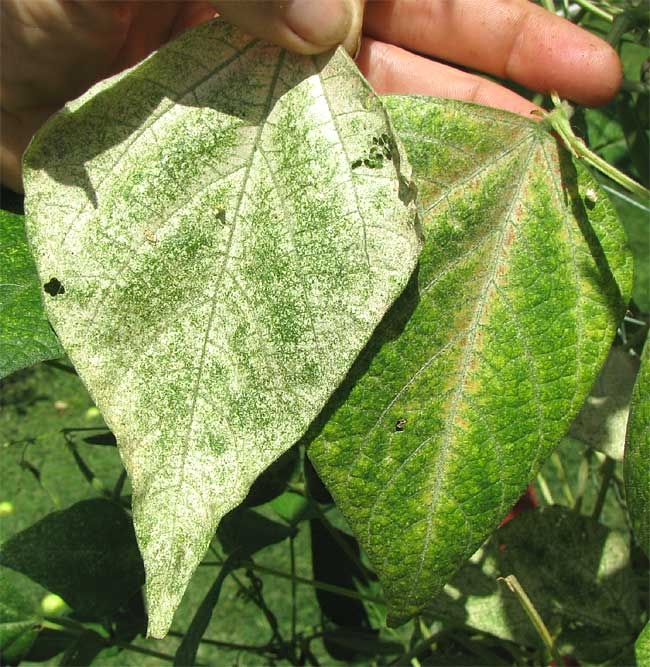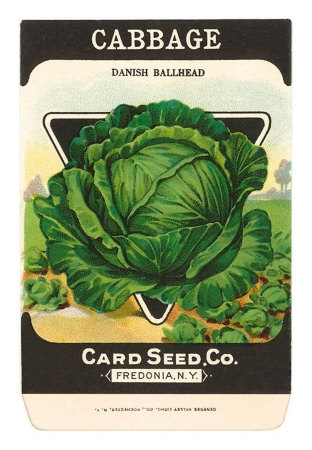That’s a good question
If you notice the leaves on some of your plants appear stippled or flecked with pale dots and have fine webbing, especially on the undersides, you have a spider mite infestation. These pests  thrive during dry weather and their populations can get out of hand by August.
thrive during dry weather and their populations can get out of hand by August.
Mites puncture plant cells with their mouthparts, then suck the plant fluid. The tiny areas of leaf tissue that have been killed appear as tiny dots on the the leaves. Mites often go unnoticed because they are tiny and natural controls such as weather and predators frequently keep their populations low. Severe infestations often result because these natural controls have been disrupted by pesticides and excessive dust.
Control spider mites on fruit and nut trees, azalea, fuchsia, maples and rose by regular, forceful spraying of plants with water to rinse dust and dirt off both sides of leaves. If you do have to spray to control an outbreak use insecticidal soap or a light spray oil. Sulfur is effective in reducing populations of some spider mites but this dust can disrupt beneficial predaceous mites.
Avoid using broad-spectrum pesticides which disrupt biological controls. When applied for other pests during hot weather, these can cause dramatic outbreaks of mites within just a few days even though their label may say they control mites.
Although a young or weak plant may not survive a severe spider mite infestation, it is not usually fatal to a vigorously growing tree or plant. The best defense is a good offense – periodically spray your plants with water in the morning to keep them clean and dust free.

